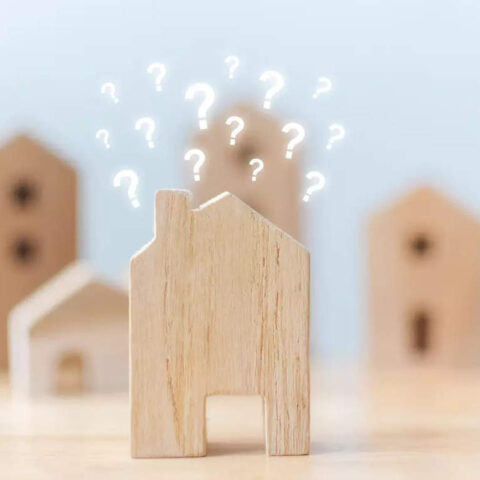“The big-cost items, like a geothermal furnace project or solar panels, when we talk about those credits, we’re talking about 30% of the cost of the project including installation, but there’s not really a cap on it,” O’Saben says. “If you have solar panels installed for $50,000, you’re looking at a $15,000 tax credit. If your tax liability is less than $15,000, your tax credit would be reduced to zero and you’d have some left over to be carried over to next year.”
What energy-efficient improvements don’t count toward an IRA tax credit?
The IRA gaveth and the IRA tooketh away. So, no, your new roof doesn’t qualify for the new energy-efficiency tax credit, though the insulation you put inside it probably does.
“One thing people get really disappointed about is that roofs and siding don’t count,” O’Saben says. “A lot of people will get their homes resided. And does it make your home more energy-efficient? Sure. But for whatever reason, the government has decided roofs and siding do not qualify for these credits.”
What energy-efficiency improvements and appliances count toward a tax credit?
Be sure to check that that new “energy-efficient” appliance you’ve been eyeing actually meets the efficiency threshold for the tax rebate.
“Water heaters, air conditioners, instant hot water heaters, windows, and other appliances have to meet a certain rating, a SEER rating,” O’Saben says. “Furnaces have to be 97% efficient. So people who are trying to save money and go with a lower-cost unit may in fact not qualify for a tax credit because the cheaper unit’s efficiency doesn’t meet the requirements. With an 85% efficient furnace, you may have saved money on the front end, but you’re not picking up a tax credit.”
O’Saben recommended homeowners go to energy.gov to read up on what does and doesn’t qualify for the new energy-efficiency tax credits. And it’s almost never a bad idea to consult with a tax professional who knows your tax situation and is familiar with your state’s energy-efficiency tax-incentive programs.
FAQs
What if you don’t have receipts for your home improvement?
You should always try to keep all records for major home improvements. If you don’t have them, try to gather relevant evidence to support your claims, including (hopefully dated) correspondence with contractors and merchants.
What types of home renovations aren’t tax-deductible?
It depends on whether your home renovations are visible capital improvements or more along the lines of maintenance or home repair. For your primary residence, the latter aren’t tax-deductible and the former should be depreciated.
Can I deduct from my taxes for home appliances for my home? When I bought it from the store, they said I get a rebate.
Unless you’re looking at an IRA energy-efficiency tax credit, probably not.
Photo: Getty Images/Joe Hendrickson
“There’s a lot of confusion when people buy new appliance,” O’Saben says. “There may be rebates from the manufacturer, but for the most part there is no federal tax credit for appliances. A water heater can qualify for a federal tax credit, though — that’s an exception.”
What are the biggest misconceptions people have about home-improvement tax deductions?
“The biggest confusion I have seen is about roofs,” Erickson says. “Those are out. Then you also have new products coming to market where you have to figure out if they fit. For example, siding is out, but you can take a credit for insulation.”
What are the caps for annual energy-efficiency deductions?
It’s always a good idea to check energy.gov or consult a knowledgable tax professional, but the general guidelines for IRA tax deductions for energy-efficient improvements include the following, with some lists capped at a $1,200 credit for all expenditures, according to Erickson:







